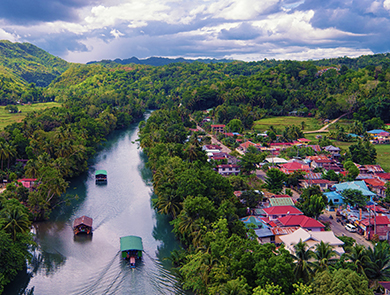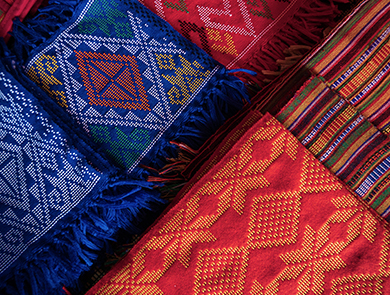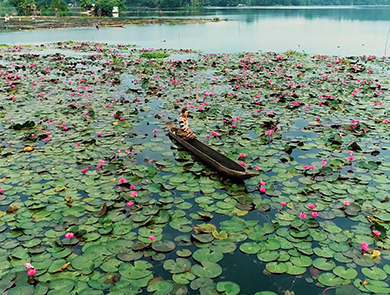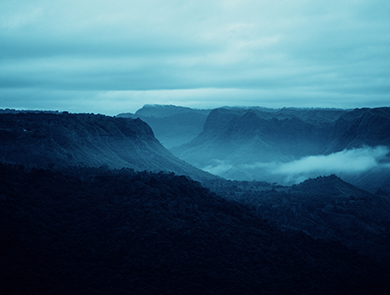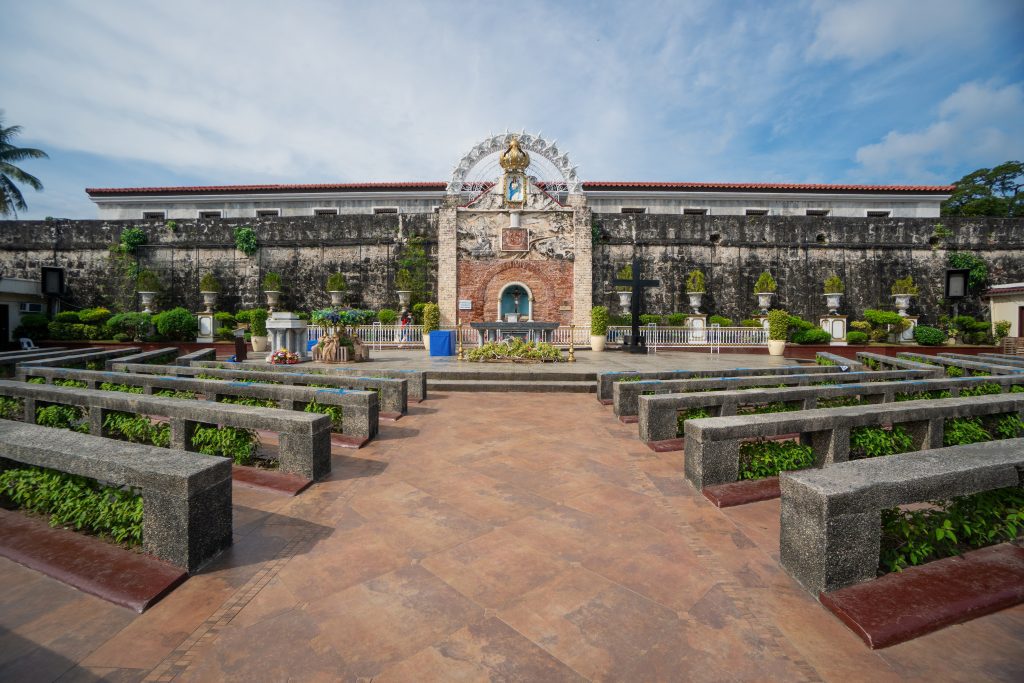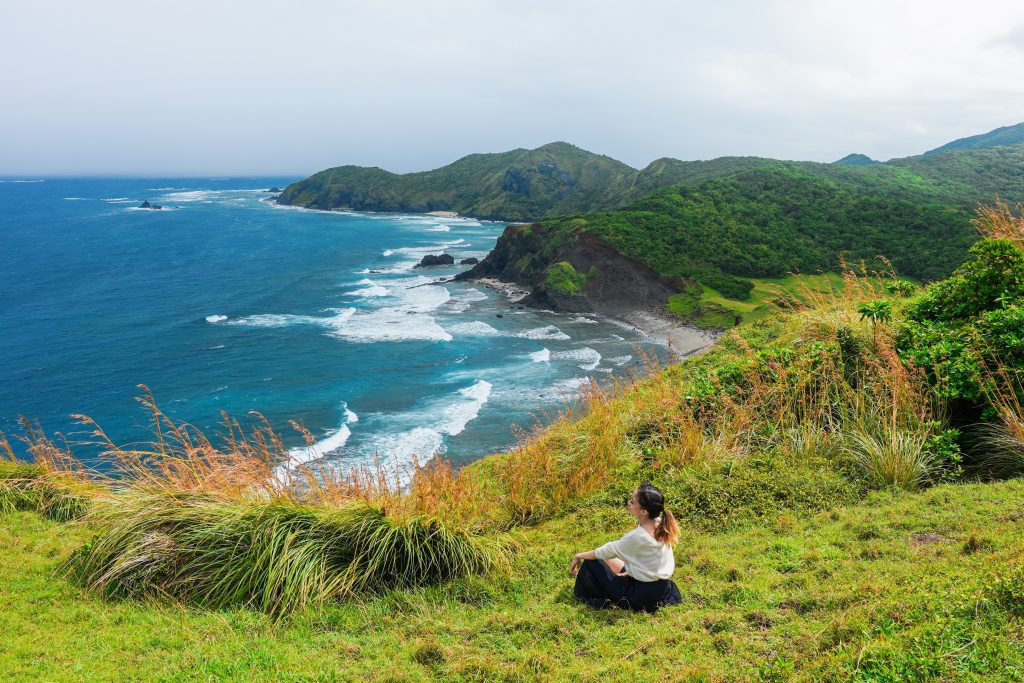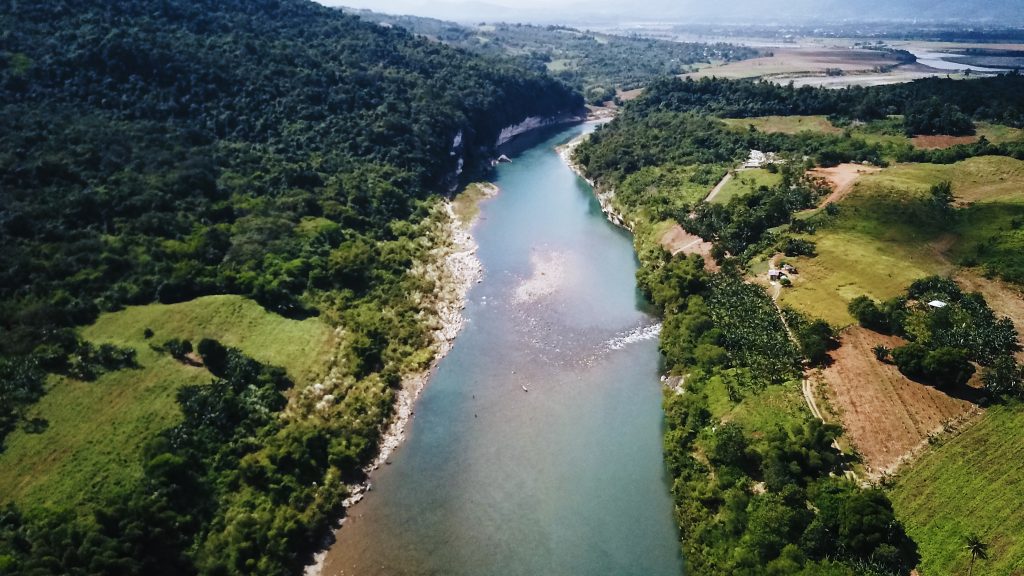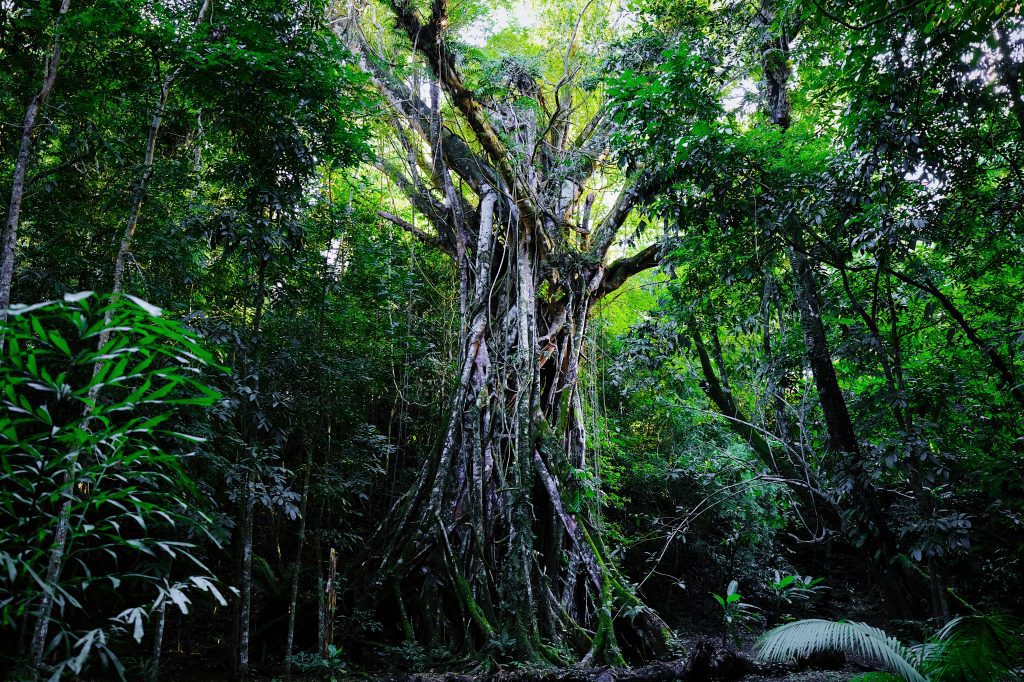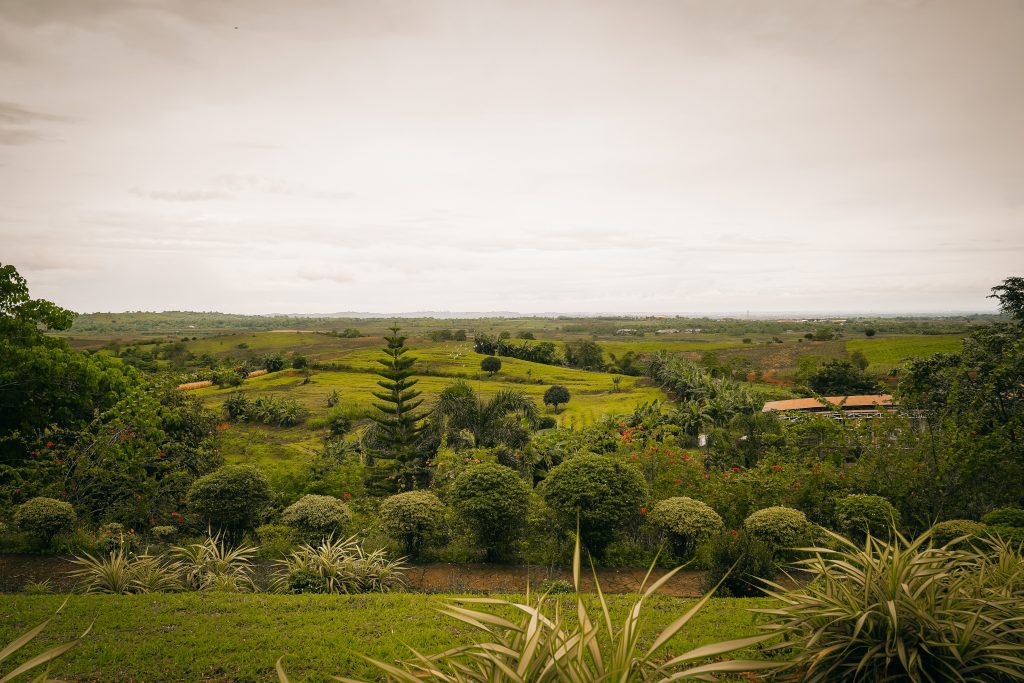Known as the “Seafood Capital of the Philippines,” Capiz is a delight to all seafood lovers. With an 80-kilometer coastline and a seemingly endless stretch of swampland and rivers, Capiz boasts of a rich harvest from its waters. Its abundant marine life produces prawns, crabs, blue marlin, catfish, mussels, and the seasonal diwal (angel wings), among others. Sample them at the Baybay Beach in Roxas City, Capiz’s capital.


Historic Capiz
Capiz is a blend of rich history and natural God-given beauty. After Cebu, Capiz became the second Spanish settlement. During the second world war, the region was occupied by the Japanese Imperial forces and in 1945, liberation came to the province through the joint effort of American troops and Filipino guerrillas.
Mystic and Mysterious
Capiznons, as the locals are called, are known to be gentle, affectionate, and hospitable. This is reflected through their artistic creations, soothing music, colorful artworks, and even their oral lore and beliefs, which have been handed down through generations. Myths and legends add to the mystic beauty that is Capiz.
The Land of Ethnic Fusion
Commune with nature and get to know more about the Capiznon heritage at the Capiz Ecology Park and Cultural Village. The Cultural Village boasts of several ethnic houses from the indigenous tribes that have lived in Capiz such as the Aetas, the Tumandoks, and the Panay-Bukidnons. Each house showcases the day-to-day lives and traditions of these indigenous people including mat weaving, cooking, songs and dances.

One of the more exotic dishes demonstrated here is how to make Binakol sa Pasok, where a whole chicken is prepared with libas leaves, a souring agent, and other spices and then pressed into a bamboo tube that is placed over a grill.
The Eco-Park is a blend of lush vegetation with its own vermin-composting site, especially created for the care of various plants and herbs. It is also a perfect venue for picnics, retreats, seminars, team-building activities and camping.
Preserving Traditions
Within the Capiz Eco-Park and Cultural Village is a structure known as the Institute of Living Traditions. This serves as a cultural education facility intended to preserve and promote the province’s cultural heritage, such as basket-weaving and the preparation of local rice cakes such as baye-baye and ibus.

Fishing – the Capiznon Way
The Palina River Cruise takes you along the stretch of a fishing community where you may also find several native fishing contraptions such as the surambaw, a metal and bamboo apparatus designed to catch huge batches of fish at nighttime. Along the way, you will find mangroves and fish ponds dotting the river where fisherfolk grow fish and shells. If you get there before dusk, you might be able to catch a glimpse of the Sunken Galleon, a memento from the Spanish era.
A Seafood Fare to Remember
If you take the cabana, a bamboo raft with a nipa hut atop it, you can get the chance to enjoy an unforgettable seafood feast. Forget the utensils and feel free to eat with your hands — this is the traditional way to enjoy a seafood meal while enjoying the sights along the river.

The Capiz Legacy
In the heart of Roxas City lies the Roxas City Heritage Zone, the historic district that is made up of the Immaculate Conception Metropolitan Cathedral, the Roxas City Fountain, the Capiz Provincial Capitol, the Roxas City Bridge (formerly known as the Capiz Bridge), the Panublion Museum, and the Roxas City Bandstand.

If you take the Heritage Walk Tour, you will be introduced to the historic structures such as the Immaculate Conception Cathedral which dates back to 1698, considered as one of the oldest churches in Panay Island. This is where one of the major festivals of Capiz, the Sinadya sa Halaran (“Joy in Sharing and Thanksgiving”) is held every December.
Just in front of the Immaculate Conception Metropolitan Cathedral and the Capiz Provincial Capitol lies the Roxas City Fountain, a rotunda situated right in the middle of a busy intersection. Built in 1925, it is considered to be the heart of the city plaza. Its focal center marks Kilometer 0, the point in determining the road kilometer distance from Roxas City to the different locations within the city or outlying municipalities. Colored lights surrounding the fountain add to the beauty of playful water spouts at night time.

The Capiz Provincial Capitol is a well-preserved structure in the city plaza built in 1911. Designed in the neoclassical style, the Capitol is one of the 31 provincial capitols that followed the plans of American architect William Parsons.
The old and imposing Roxas City Bridge is one of the most iconic landmarks of the city. Built in 1910, it crosses the Panay River with one end facing the Roxas City Water Fountain. It connects the commercial center of the city to the main thoroughfare.

What was once a circular water tank built in 1910 was repurposed in 1993 as the Panublion Museum. Panublion is a Hiligaynon term that translates to “guardian of precious things.” The museum displays artifacts from one of Capiz’ indigenous tribes, the Panay-anon Bukidnon, photo exhibits, antique furniture, collections of stamps, currencies, and shells.
The Roxas City Bandstand was built by the first Filipino principal of the Capiz Trade School, Jose S. Roldan, in the early 1920s. The bandstand became the venue for political rallies and launches of government programs for the city and the province.
The Famous Pan-ay Bell
Built in 1774, the Sta. Monica Church is considered to be an excellent example of the Filipino colonial baroque style architecture. In 1997, it was declared a National Landmark by the National Historical Institute of the Philippines. It houses the biggest Catholic church bell in Asia, known as the Pan-ay Bell, which was cast in 1878 using 70 sacks of coins. It measures about 7-feet in height and 5-feet in diameter, weighing 10.4 tons.


Stop and Rest a While
In the town of Panay lies an enchanting Spanish-inspired structure called the Istorya Forest Garden. This is a romantic venue for weddings and other special occasions, surrounded by various varieties of plants and a swimming pool. This is a quiet place to enjoy culinary treats prepared by the kitchen staff and comfortable rooms overlooking the garden for overnight stays.


A Must-Do for First Timers
Proudly the only one in Western Visayas, the Capiz Tourist Information Center and Specialty Shops houses the different products and tourism services from the city and the other municipalities of Capiz. This is the best place for you to find out more information about where to go, what to eat and activities to try when in Capiz.



The next time you decide to take a trip, make sure you capture Capiz!




